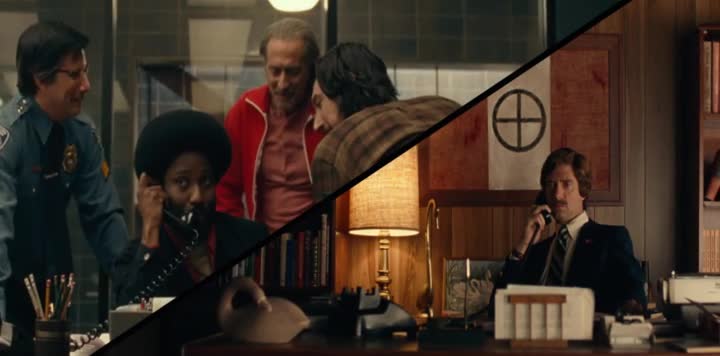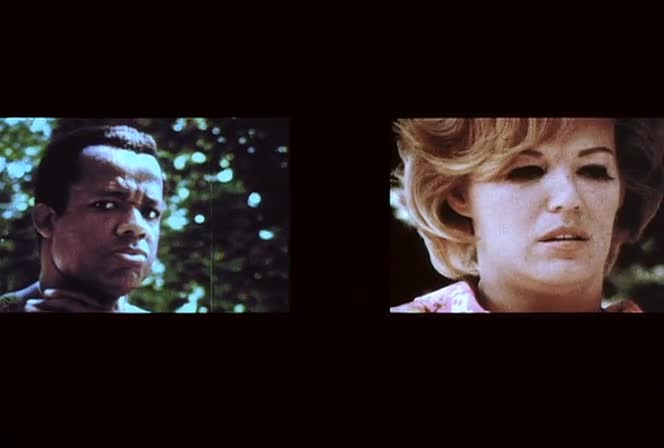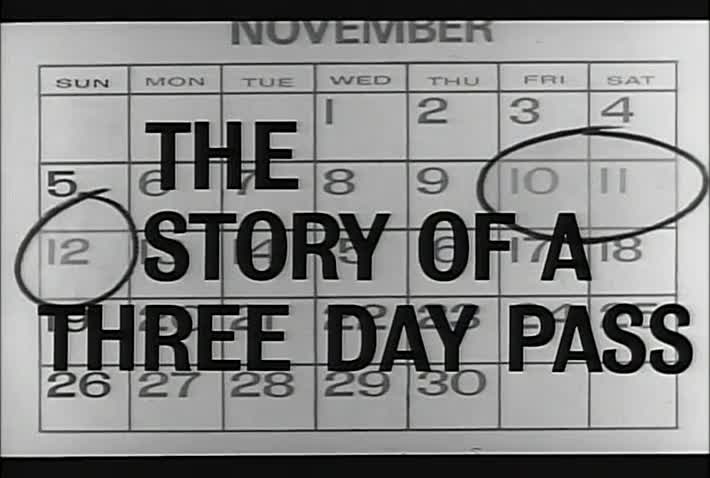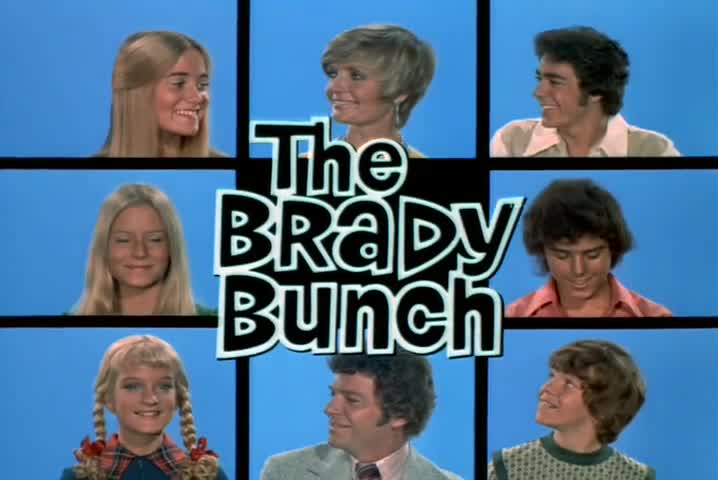Film Language Tag: split screen
An optical or digital effect where multiple separate images appear within the same frame at the same time.
In a traditional split-screen matte shot, one half of the image is exposed, the film is rewound, and the other half is exposed. This technique allowed Hayley Mills to play identical twins and appear on screen at the same time in The Parent Trap (1961). The film Timecode (2000) used a four-way split screen with each quadrant playing back a separate but simultaneously recorded image from one of four cameras. The series 24 (2001-) uses split screen as a storytelling device to show multiple angles of the same action or shots of different action taking place at the same time, either within the same location or in different locations (such as the two sides of a telephone conversation). More American Graffiti (1979) and Hulk (2003) offer an interesting comparison in split screen technology. More American Graffiti represents the state-of-the-art in optical technology with the screen divided into various rectangular grids while Hulk demonstrates the significant advances made possible by digital technology with split screens moving freely throughout the image.
USAGE: Technically, a split screen contains only two images. Any more, and one has a multi-image screen. However, most people use the term split screen and qualify it by the number of images presented if more than two — a four-way split screen, for example. [Also known as split-screen effect, split-screen shot, and split frame]
A Game of Roulette, Run Lola Run
After just missing her father (Herbert Knaup), Lola (Franka Potente) goes to the casino to win the money.
Because I Like To Have Them Sing, Symbiopsychotaxiplasm: Take One
A new pair of actors screen test as Alice and Freddy while William Greaves (William Greaves) has them sing.
Butter Biscuit, BlacKkKlansman
Ron and David Duke share memories of Black figures in their lives.
Closing Sequence, Symbiopsychotaxiplasm: Take One
The screen tests for William Greaves' (William Greaves) film "Over the Cliff" continue.
Did You Ever Get His Name?, BlacKkKlansman
Ron reveals his true identity to David Duke.
Fin, Ballet mécanique
Chaplin makes his exit and we return to the park.
In Circles, Symbiopsychotaxiplasm: Take One
Don Fellows (Don Fellows) and Patricia Ree Gilbert (Patricia Ree Gilbert) play Freddy and Alice in a screen test.
Nondirection and Direction, Symbiopsychotaxiplasm: Take One
Members of the crew have a discussion led by production manager Bob Rosen (Bob Rosen) and soundman Jonathan Gordon (Jonathan Gordon) over William Greaves' directing capabilities.
Opening Sequence, In the Heights
Usnavi (Anthony Ramos) introduces el barrio.
Opening Sequence, Symbiopsychotaxiplasm: Take One
Various women (Susan Ansprach, Patricia See Gilbert) read for the role of Alice in director William Greaves' (William Greaves) new film.
Opening Sequence, The Story of a Three-Day Pass
Turner (Harry Baird), an American G.I. stationed in France, receives a promotion and a three-day outing pass from his captain (Hal Brav).
Prom Bloodbath, Carrie
Carrie unleashes her wrath upon the school.














